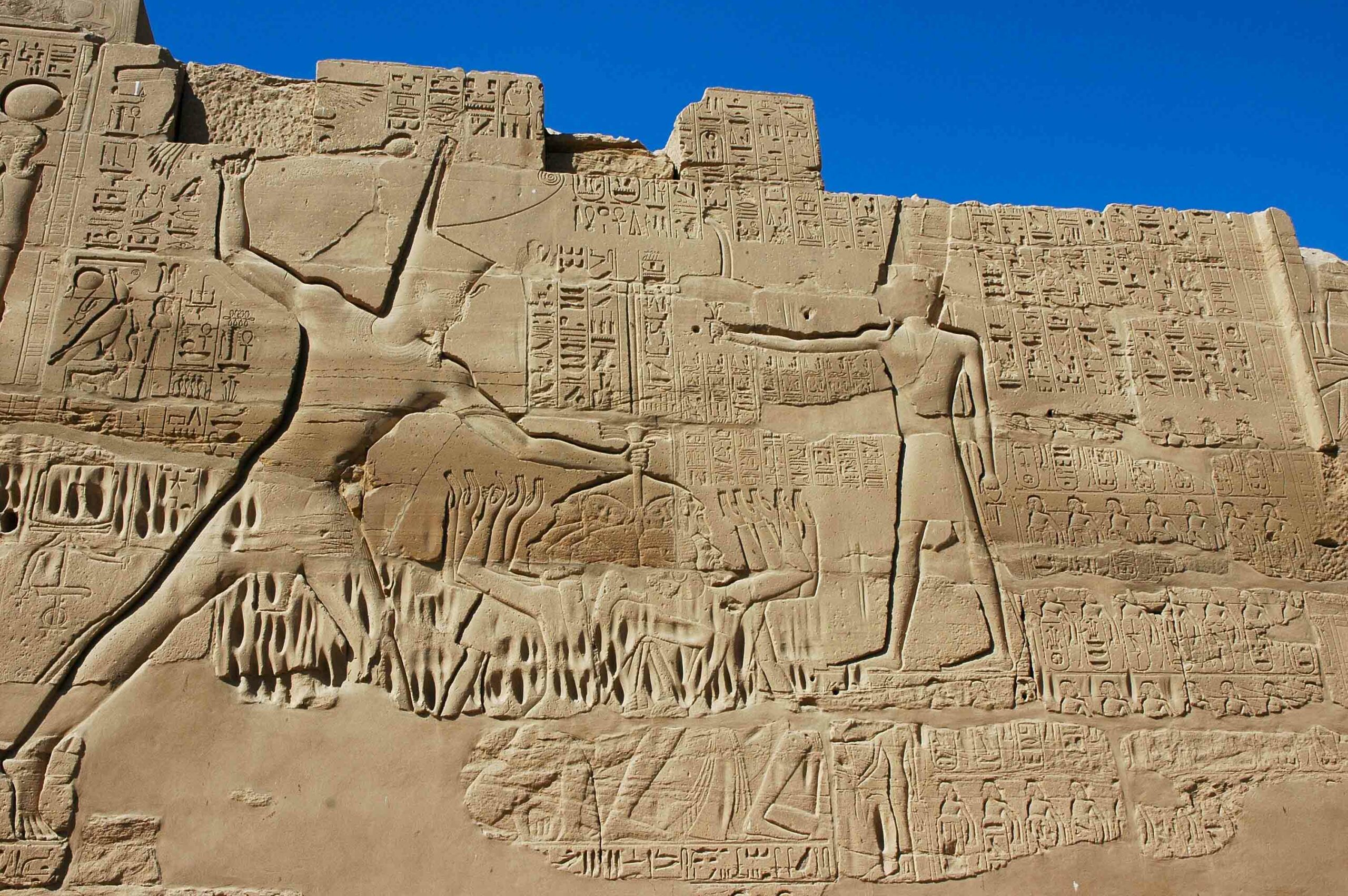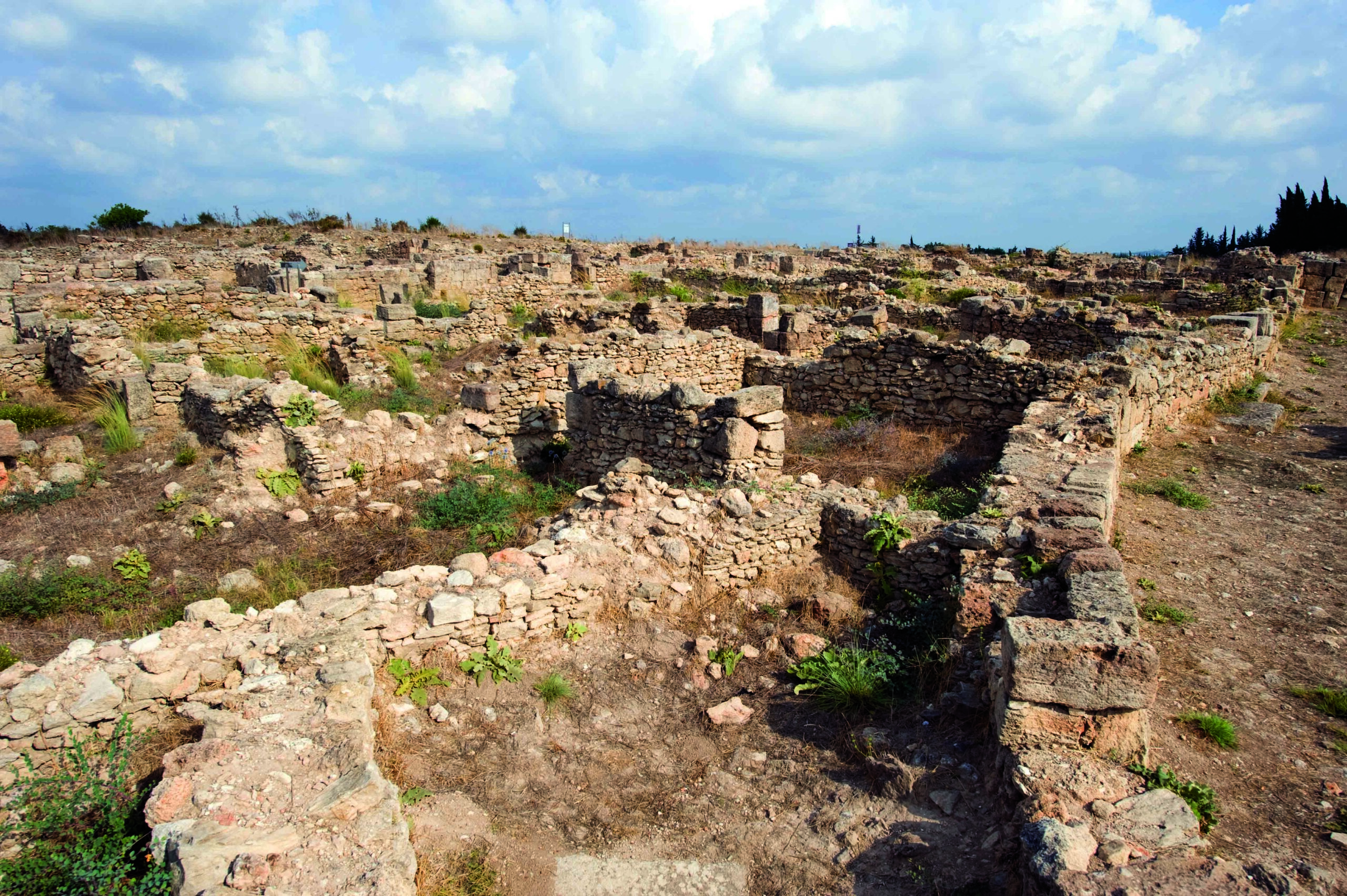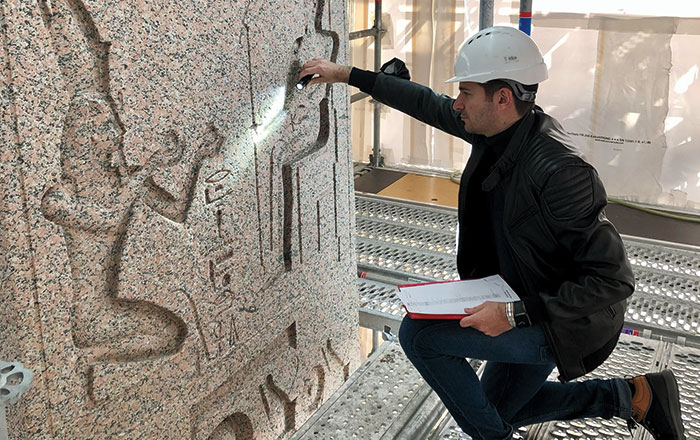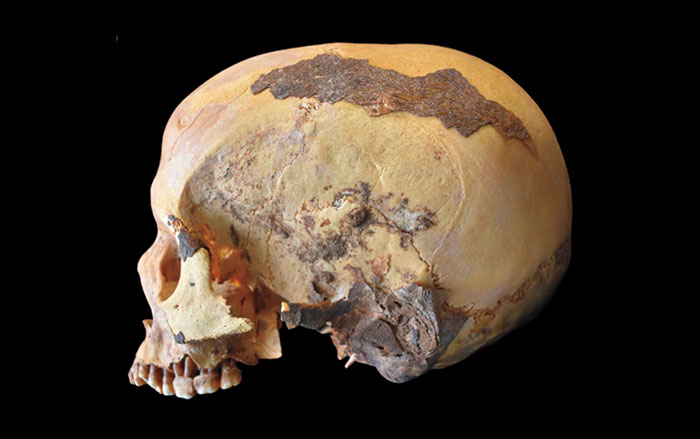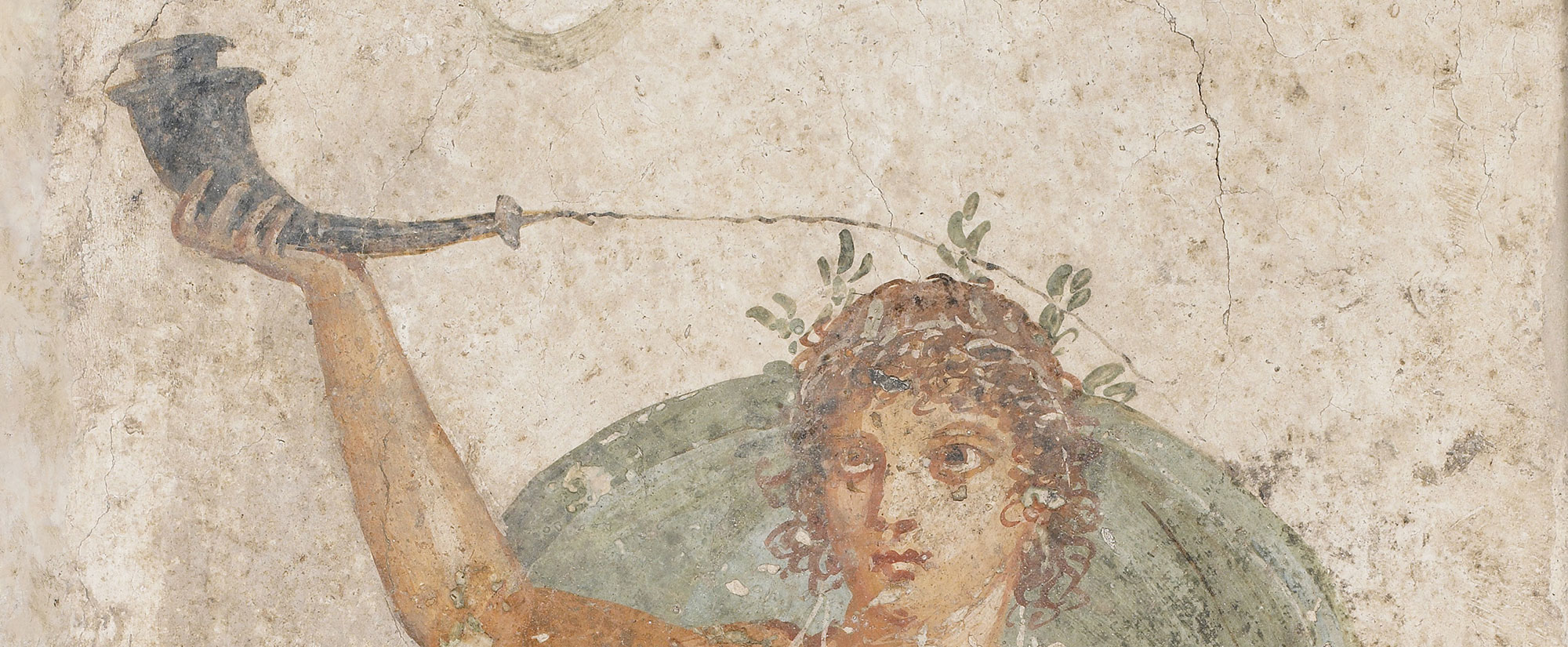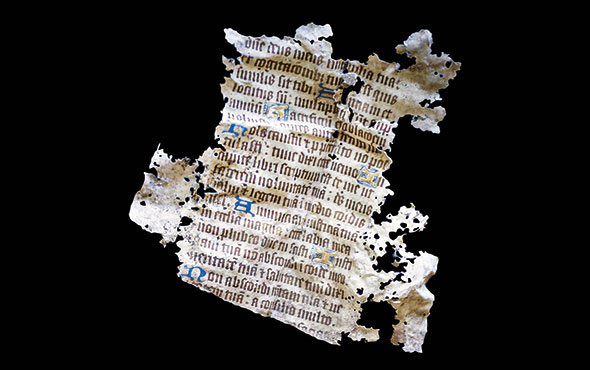
HAIFA, ISRAEL—Live Science reports that while a student at the University of Haifa, Tzilla Eshel analyzed the chemical composition of 35 silver hoards unearthed in Israel and dated to the Bronze Age, when the region, then known as Canaan, was ruled by Egypt. The metal, which was valued by its weight and used as currency, is not naturally found in the region. Eshel determined that items in eight of the hoards dated to the end of the period some 3,200 years ago were actually made of copper alloys coated in a layer silver. “There was a shortage of silver, probably related to the Late Bronze Age collapse,” Eshel said. She thinks the creation of silver-covered copper alloys may have started as forgery or counterfeiting, but may have become an accepted practice. “I don’t think you can produce silver-copper-arsenic cores for over 250 years and that no one would notice, because it corrodes [by turning green] over time,” she explained. The use of pure silver as currency returned to the region by about the mid-tenth century B.C. as new powers moved in and formed colonies. Read the original scholarly article about this research in the Journal of Archaeological Science. To read about a purple dye industry that began on the Mediterranean coast in the Bronze Age, go to "Letter from Israel: The Price of Purple."


